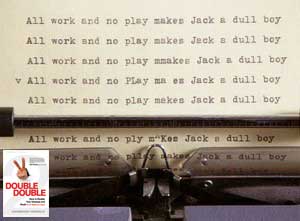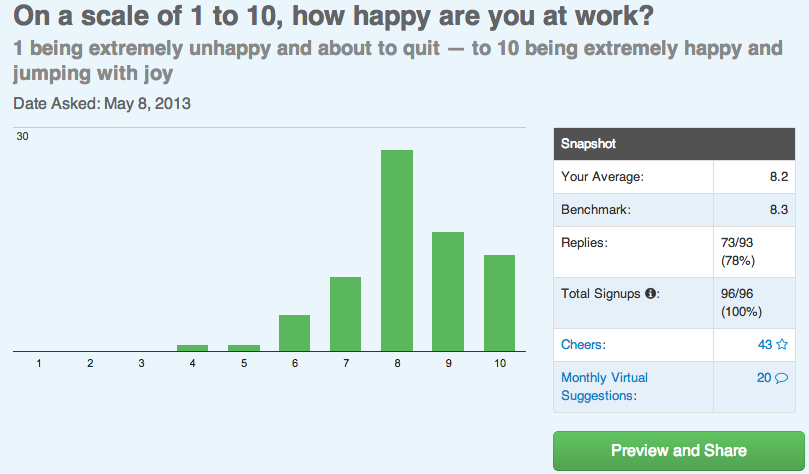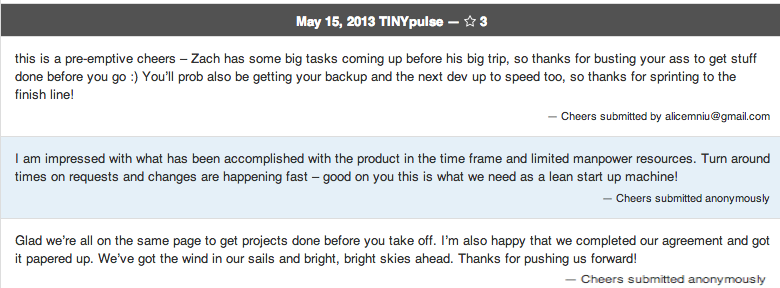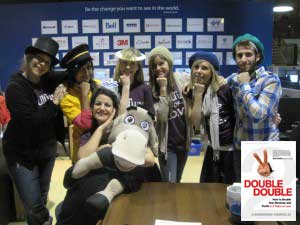A truly great workplace culture is composed of many different facets, from the way you hire to the coffee you serve in the lunchroom, but, the most important aspect is the workplace itself.
In many ways, your workplace defines your culture. It’s the physical embodiment of your beliefs, your standards, and your theories on how to treat your employees and run your business. Your company’s culture truly does start at the front door of your workplace.
Keep Things Clean
Imagine you walk into an office and see boxes everywhere, stacks of files falling, drab colors, and scratched and dented furniture. You’d be shocked – and not in a good way. That is not the kind of environment people are compelled to do their best work in.
Making sure your office is always clean can seem unimportant compared to all the things you have to do. You’re busy running a rapidly growing business, but keeping it looking nice is more worthwhile than it seems. That messy office isn’t going to get and keep great employees. It’ll barely even keep okay ones!
“You better have a crazy compensation package on your dreary, white table if you think you are going to attract any top talent to your little, beige office. These top talents read enough blogs and watch enough TV to know what kinds of environments the best, cutting edge, start-up companies are offering” – Cameron Herold
Work Together
You want people to know you have a great company culture from the moment they walk in, meaning things must be clean and stay clean. This doesn’t have to be a difficult or boring task. Instead, try doing something to encourage everyone to work together to keep the office clean, such as picking one day a week for everyone to contribute to keeping the office neat and tidy.
Working together to do this also improves the company culture. It makes everyone care about keeping things tidy and also works as a team building exercise. With teamwork and tidiness, the energy in the building is much better. What’s not to love about that?
Take a Look at Your Desk
They say that a clean desk is the sign of a sick mind, but that saying is entirely untrue. Who can think clearly and efficiently when they are trapped on all sides by stacks and stacks of looming files?
Not only is it visually unpleasant, but it has a subconscious effect of adding pointless mental clutter. Most brains are wired to desire order and cleanliness and yours will likely add tidying the mess to its unconscious “to-do” list. It won’t remove itself until it’s been done!
This isn’t to suggest that you put on a glove and spend hours scrubbing your desk. The idea is simply to keep your desk, your office, and the entire building free of unnecessary clutter.
People should get an instant idea as to what your company is like the second they walk through the door. A messy, disorganized space sends the wrong message about your company’s culture.
What do you do to ensure that your office stays clean? Let us know in the comments below!
If you have questions or would like more information, I’d be happy to help. Please send an email, and my team will get in touch with you!
Editor’s Note: This post was originally published in December 2013 and has been edited for accuracy and comprehensiveness.
 Regardless of what your company does, the office is where serious work gets done. But does that mean the environment everyone works in has to be serious, too?
Regardless of what your company does, the office is where serious work gets done. But does that mean the environment everyone works in has to be serious, too?
 4. Engage the Power of Team. What’s the worst thing that can happen after soliciting feedback from your team? Doing nothing about it! Sharing the responses, recognition, and suggestions back with the team is the most powerful way to engage them and crowdsource improvement. Of course, we allow the administrators to hide any comments that are insensitive or inappropriate.
4. Engage the Power of Team. What’s the worst thing that can happen after soliciting feedback from your team? Doing nothing about it! Sharing the responses, recognition, and suggestions back with the team is the most powerful way to engage them and crowdsource improvement. Of course, we allow the administrators to hide any comments that are insensitive or inappropriate. In the past, I’ve not been shy about my disdain for private offices. I’m a fan of open office environments, and while I was at 1-800-GOT-JUNK?, we lived by it. No one had private offices. In fact, I often sat at desks in other business areas just to keep the pulse.
In the past, I’ve not been shy about my disdain for private offices. I’m a fan of open office environments, and while I was at 1-800-GOT-JUNK?, we lived by it. No one had private offices. In fact, I often sat at desks in other business areas just to keep the pulse. The members that constitute a business community drive the bus and create demand. Providing an innovative product is only half the battle. Sustained success lies in keeping customers happy and coming back for more. Any company can claim superior customer service, but can they walk the walk?
The members that constitute a business community drive the bus and create demand. Providing an innovative product is only half the battle. Sustained success lies in keeping customers happy and coming back for more. Any company can claim superior customer service, but can they walk the walk?



